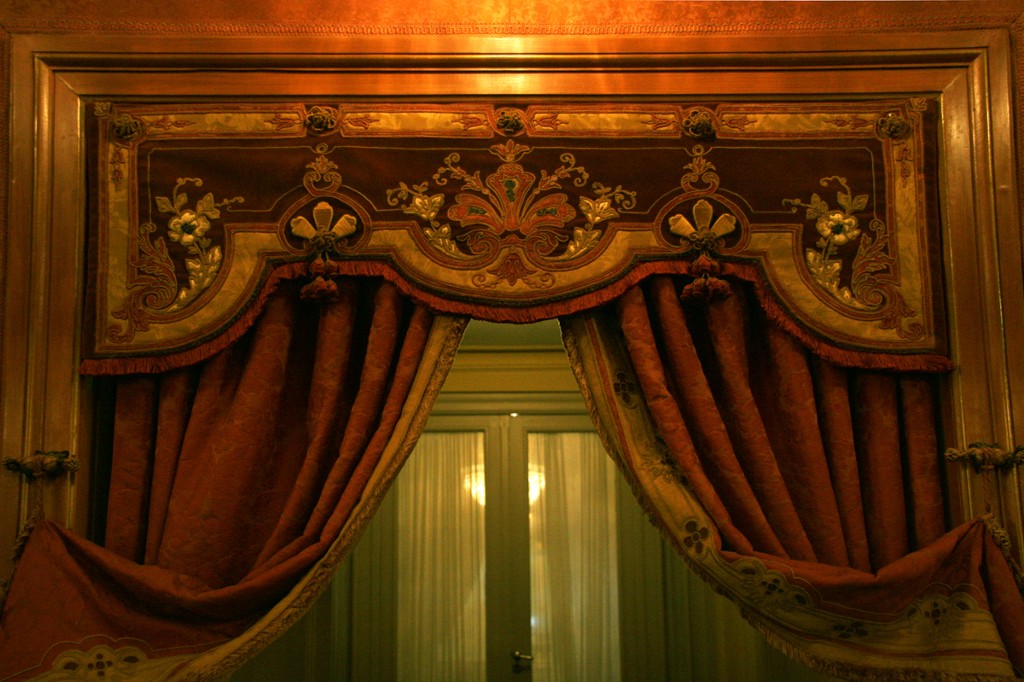Hindemith's 'Symphonic Metamorphosis' is a 20th-Century Banger

For a long time, I thought Paul Hindemith was an American with a German name (like yours truly), but I was wrong. He’s just a German composer who occasionally composed in an American style in America, especially in his symphony, Symphonic Metamorphosis of Themes by Carl Maria von Weber. In case you’re coming to this late and you’re like, “What the heck is an American style of symphony?” allow me to point you back to our sweet friend Antonín Dvořák, who invented the American symphony some fifty years prior. Why was Hindemith writing an American symphony (sort of) in America when he was German? Easy: Nazis.
Before writing this, I was so completely and utterly not concerned with Hindemith’s personal life or even the history behind Symphonic Metamorphosis because the piece stands so fully on its own. But a bit of cursory research reveals it is wild! At least in an old-timey sense of wild.
Hindemith was friends at the time with a very prominent Russian choreographer and ballet dancer named Léonide Massine. Massine had suggested to Hindemith that he adapt some of the works of Carl Maria von Weber — a prominent Romantic German composer from the previous generation — into a ballet that Massine would choreograph. Great, cool, perfect: a project for friends.
Hindemith went and adapted what would be the first and third movements of Symphonic Metamorphosis and showed them to Massine, who said, “this is too personal and I hate it.” What does “too personal” mean in this case? Um, I have no idea? This is the quote on record; my best guess is that it mostly means Hindemith strayed too much from the original von Weber pieces. At the same time, Massine had told Hindemith he was going to be using backdrops and costumes by Salvador Dalí, and Hindemith said, “I actually hate Dalí and think he’s so weird.” Which: sure, fine. I don’t think this piece is as weird as Dalí-influenced costumes and set design would have suggested. The two had a falling out over these artistic differences and went their separate ways! RIP A LEGENDARY COLLAB.
What we’re left with is Hindemith’s “too personal” version of Symphonic Metamorphosis which is just an astounding piece of music. It sounds distinctly American and, you know, fanfare-y, without that patriotic Sousa tone to it.
The first movement, the Allegro, is almost a little too German-sounding (upbeat, militaristic, less floral and more utilitarian) for my tastes. Right off the bat, I almost want to switch to something else, but I promise if you power through the first ninety-something seconds, it sort of chills out. A cool thing about Symphonic Metamorphosis is that it uses approximately thirty different kinds of percussion (okay, fourteen — but still! Still!). If you’re stressed out listening to the Allegro, just think about what a nice opportunity this is for concert percussionists who so often have to just sit and wait while a timpanist does everything.
It’s the Scherzo, the second movement, where I honestly just lose my mind every damn time I hear it. It’s one of my favorite movements of any symphony of all time. If symphonies at their purest about the exploration of a musical theme, the Scherzo is one of the best and more colorful examples. Nearly every single instrument gets a chance to explore the main melody at play here, starting with piccolo and moving into the other woodwinds into the violins and so on. There’s a moment at approximately the 4:17 mark that starts a brass round, if you will, of the melody. And I know what you’re thinking. I know you’re like, “Rounds are… very lame. I am an adult.” I know, but this brass round just is very cool. It kicks off the start of the eventual climax of the piece (7:20 mark) which is just cool. It sounds incredible. It’s fun. It’s jaunty. It is, dare I say, lit.
The third movement, the Andantino (meaning “slightly faster than an Andente” which translates to a “walking pace,” so this is basically power walking) features an extended flute solo. It’s a meditative movement without being boring. It almost feels as scenic as some of the Debussy from last week.
And the final movement? The finale? The Marsch, if you will, or “march,” is great. It kicks in with a brass fanfare and just goes from there. It trucks along, with each section of instruments playing their version of the melody. My personal favorite starts right at the 1:39 mark with a nice blend of the brass and the woodwinds. The timpani in the background is just *chef’s kiss*. By the time it winds down, you’re so familiar with the main melody — really, all of these movements, are just rehashing the same themes over and over again, making it an incredibly memorable symphony. You know the climax before it happens, and you’re like, “wow, Léonide Massine was an idiot, and this piece rules.” (Ed note: 4:20)
Fran Hoepfner is a writer who used to be a musician, but not in an acoustic guitar sense, more in the the movie Whiplash sense. As kids her age discovered the popular music of the early ’00s , Fran spent 10–15 hours a week in private lessons for piano or playing timpani in several Chicagoland youth symphonies. Because of that, she didn’t discover pop music until 2008, and now her music library is almost exclusively classical. You should listen to more classical music, not for any self-important reason, but just because it’s more accessible than you think it is. Also it’s very good.
